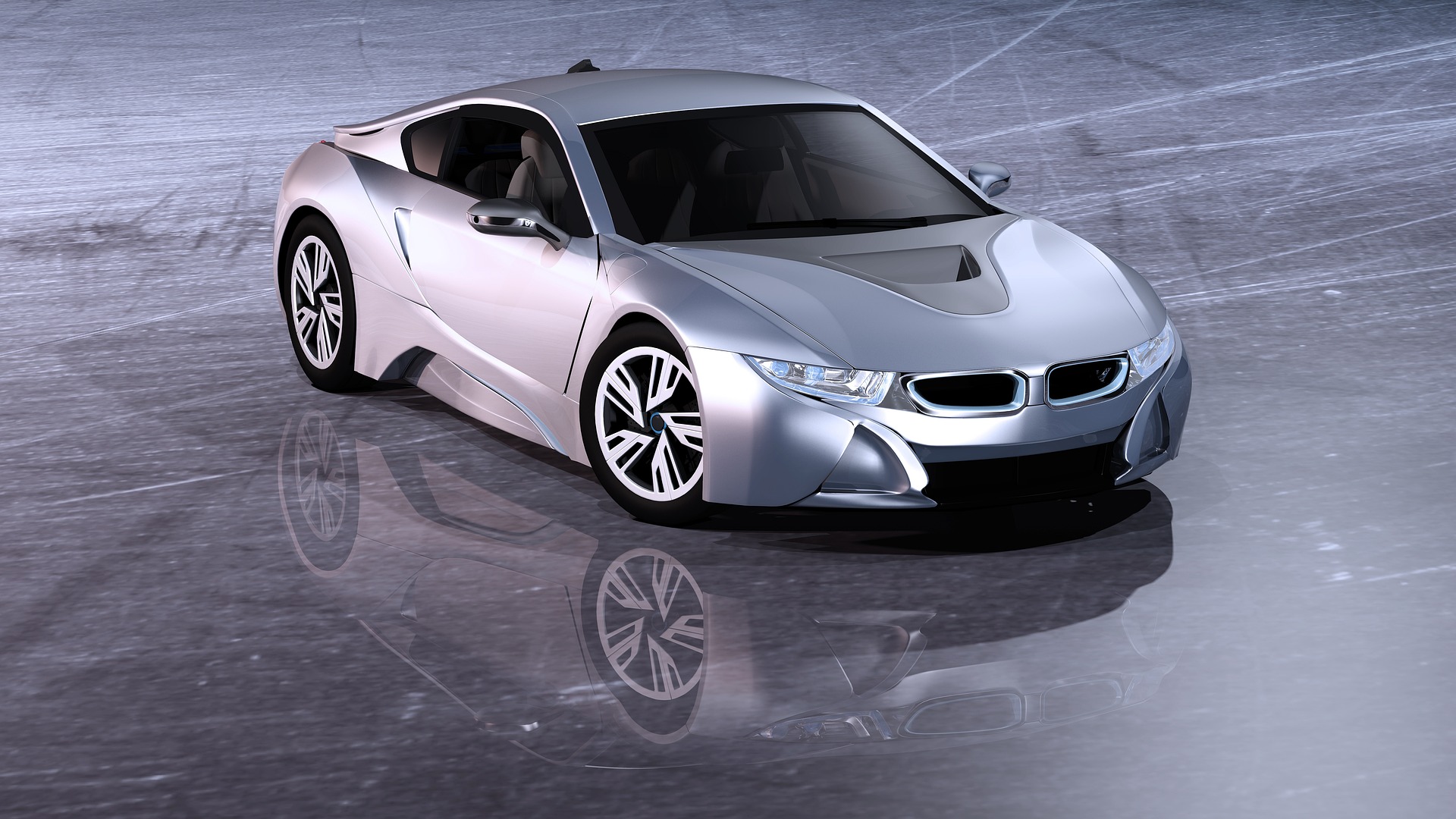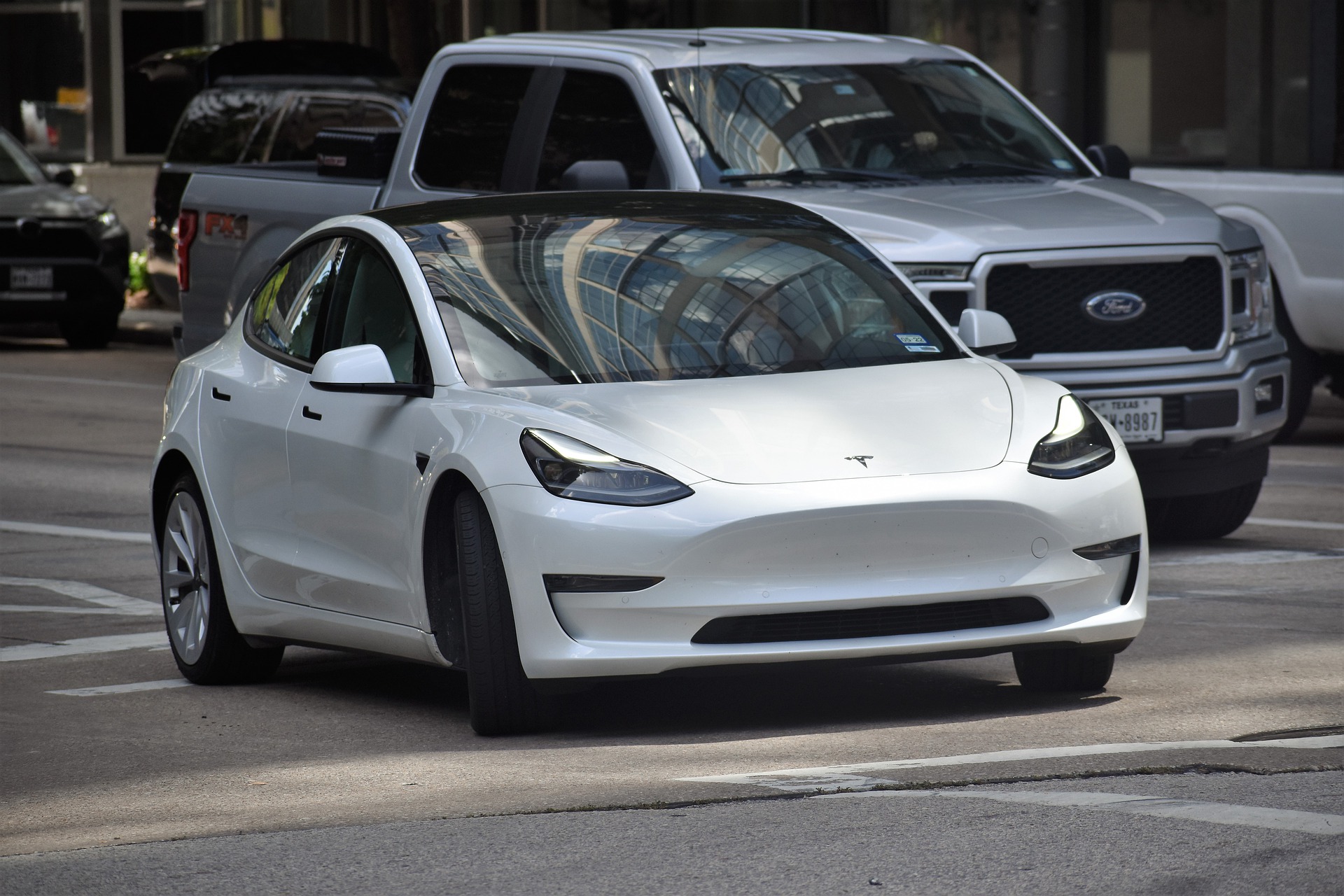A New Era: The Introduction of Augmented Reality in the Automotive World
Introduction: A groundbreaking development is reshaping our driving experience, and it's called Augmented Reality (AR). This cutting-edge technology blends the physical and digital worlds, promising to revolutionize not only the way we drive but also our understanding of automotive technology at large.

A Historical Overview of Augmented Reality
Augmented Reality (AR) is not a new concept. It was first conceived in the 1960s and has since evolved considerably. The concept is simple: it overlays digital information onto the real world. In the automotive industry, AR made its first appearance in the form of heads-up displays (HUDs) in the late 1980s. These early HUDs displayed simple information like speed and fuel level. However, the advent of AR has allowed HUDs to evolve into dynamic systems that can display a wealth of real-time information directly onto the windshield.
Augmented Reality in Today’s Automotive Industry
Today, automotive manufacturers are increasingly incorporating AR technology into their vehicles. One of the most common applications is in navigation systems. AR navigation enhances traditional GPS by overlaying directional arrows onto the real world, making it easier for drivers to follow instructions. But the applications of this technology extend far beyond navigation. It can be used to highlight potential hazards, provide real-time traffic updates, and even offer maintenance reminders.
The Impact of Augmented Reality on the Driving Experience
The integration of AR in vehicles has the potential to drastically improve the driving experience. It offers a safer, more intuitive way to interact with a vehicle’s systems. By reducing the need for drivers to look away from the road to check displays or controls, AR can help minimize distractions and make driving safer. Moreover, the technology can provide real-time feedback, helping drivers make informed decisions quickly and efficiently.
Challenges and Opportunities
Despite the many benefits, the implementation of AR in vehicles is not without challenges. These include technological limitations, privacy concerns, and the potential for information overload. However, the potential benefits of AR far outweigh these challenges. As the technology continues to evolve, it is expected to become a standard feature in vehicles, contributing to safer and more efficient driving experiences.
Looking Ahead: The Future of Augmented Reality in Vehicles
As we move forward, the role of AR in the automotive industry is expected to expand. With advancements in technology, we may soon see fully AR-integrated vehicles, where the entire driving experience is augmented. This could include features like interactive windshields, virtual co-drivers, and AR-enhanced entertainment systems.
In conclusion, AR represents a significant leap forward in automotive technology. While there are challenges to overcome, its potential to improve safety and enhance the driving experience makes it an exciting development to watch. As we look to the future, AR holds the promise of redefining our relationship with cars and the road itself.





